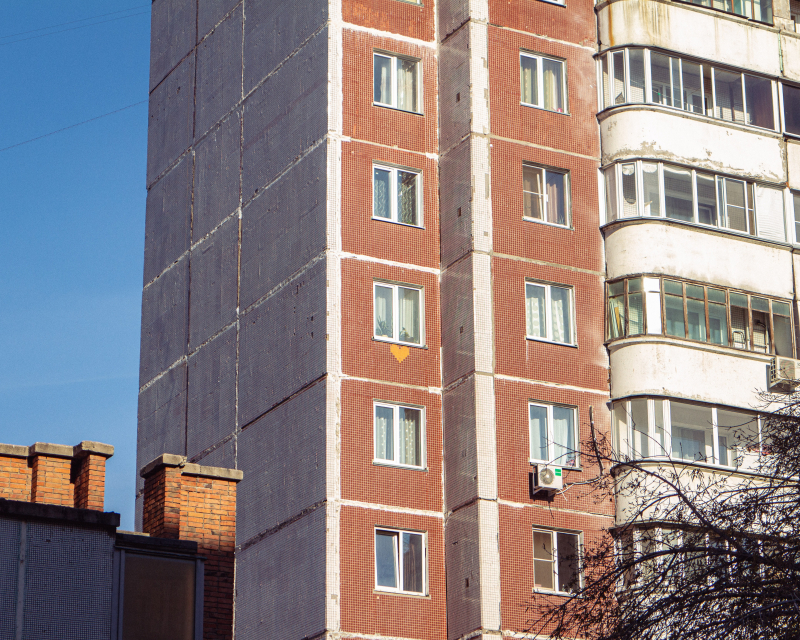My family once lived in an apartment like that. You went up several flights of wide marble stairs and found yourself climbing onto a windowsill as wide as a kitchen table and watched people stroll around the Tavrichesky Gardens. There was a shower schedule on the bathroom door. The hardwood floors had seen better days.
At the turn of the 20th century my great granddad, who was the head of the School of the Army Corp of Engineers, and his family owned that apartment in its entirety. But in 1917, my great granddad was shot by the bolsheviks, and the apartment was divided among several tenants.
After the revolution, the communist government took over most of the elegant homes and apartment buildings downtown St. Petersburg to accommodate the rural residents flocking to the city in search of economic prosperity. The original owners’ space was reduced to a room or two and everyone began a new life with complete strangers in what became known as communal, or shared, apartments - or kommunalka [коммуналка] in Russian.
It is estimated that some 250,000 people still occupy kommunalkas downtown St. Petersburg. Many got bought out and turned back into single-family apartments or became office space. But the ones that do remain are a unique mix of history and culturology.
Common space is shared and maintained to the best of the tenants’ commitment, or lack thereof. Cooking times are rotated to keep out of each other’s way. Each family has its own electricity meter and keeps their refrigerator and food supplies in their room.
Many have neat architectural elements, like 19-century stucco moulding on the ceiling or original wood stoves decked out in porcelain tile. Many a treasure from generations past are lurking in dark storage areas and under claw-footed beds. Maxim Kosmin, a researcher of old St. Petersburg apartments showcases some of his incredible finds in his Instagram account.
In fact, a communal apartment is such a snapshot of real life that it was used as the setting in the book “The Apartment: A Century of Russian History”. It explains the history of 20th century Russia through a story of a Moscow family that had occupied it for over a century. Readers are taken through different rooms and witness how each generation actually lived alongside the larger social and political changes that Russia experienced.
Family members take turns narrating in featured years: “Mama came home crying. She had traded our spoons for a piece of horsemeat, but on the way home, she was attacked... by a pack of stray dogs,” a young Marusya Muromtseva reports in 1919.
It illustrated happier times, and in general - not-so-ordinary times - also through objects that got passed down through generations, like a set of porcelain elephants or a vinyl record player. We had one just like it.
A kommunalka can be a second family, or conglomerate of strangers, or a way of life right in the heart of St. Petersburg. Just like a pop band Duna said, it’s a “communal country.”




